43 is country of origin required on labels
Threading Your Way Through the Labeling Requirements Under ... Jul 02, 2014 · The labeling requirements do not apply until the products are ready for sale to consumers. Items shipped or delivered in an intermediate stage of production and not labeled with the required information must include an invoice disclosing the fiber, country of origin, manufacturer or dealer identity, and the name and address of the person or company issuing the invoice. 6 If the manufacturing ... Country-of-origin effect - Wikipedia The country-of-origin effect (COE), also known as the made-in image and the nationality bias, is a psychological effect describing how consumers' attitudes, perceptions and purchasing decisions are influenced by products' country of origin labeling, which may refer to where: a brand is based, a product is designed or manufactured, or other forms of value-creation aligned to a country.
Country of Origin Marking Requirements | PackagingLaw.com Non-preferential rules of origin are used to determine the COO when a good does not qualify for preferential treatment. Goods that are "wholly obtained" (grown, produced, or manufactured) in a single country originate in that country. Determining the country of origin for goods that are not "wholly obtained" in a single country is more challenging.
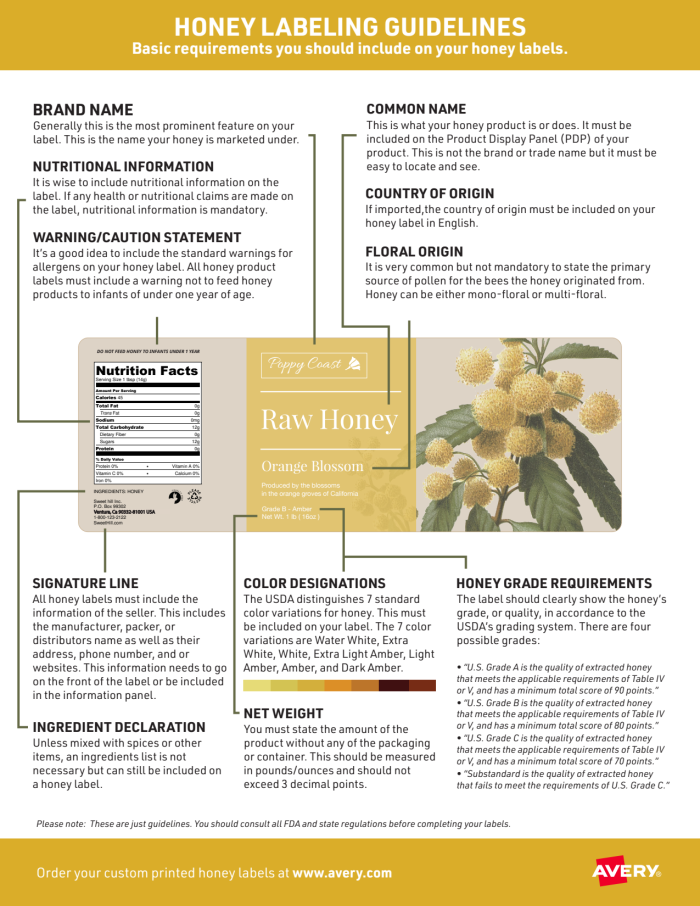
Is country of origin required on labels
Geographical indications and traditional specialities in the ... The origin of the product is only one of the criteria for use of the protected terms: the product must also meet various quality criteria. The label "Traditional Specialities Guaranteed" (TSG) is a similar protected term which does not impose any restrictions on the geographical origin of the product. [citation needed] Country of origin claims | ACCC - Australian Competition and ... Country of origin food labels. Most of the foods you buy need to display country of origin labels. Look out for these labels on food packages or in-store signage. Different labelling requirements apply depending on: whether the food is grown, produced, made or packed in Australia or another country Country of Origin Labeling (COOL) | Agricultural Marketing ... Country of Origin Labeling (COOL) is a labeling law that requires retailers, such as full-line grocery stores, supermarkets and club warehouse stores, to notify their customers with information regarding the source of certain foods.
Is country of origin required on labels. Country of origin labelling online tool | business.gov.au May 21, 2021 · no origin label needed. The tool only generates standard mark labels. It doesn’t generate country of origin statements (without the outline box) but it does show you how to create your own origin statement. If the tool recommends no label, it means the food product does not require a standard mark or a country of origin statement. Country of Origin Labeling (COOL) | Agricultural Marketing ... Country of Origin Labeling (COOL) is a labeling law that requires retailers, such as full-line grocery stores, supermarkets and club warehouse stores, to notify their customers with information regarding the source of certain foods. Country of origin claims | ACCC - Australian Competition and ... Country of origin food labels. Most of the foods you buy need to display country of origin labels. Look out for these labels on food packages or in-store signage. Different labelling requirements apply depending on: whether the food is grown, produced, made or packed in Australia or another country Geographical indications and traditional specialities in the ... The origin of the product is only one of the criteria for use of the protected terms: the product must also meet various quality criteria. The label "Traditional Specialities Guaranteed" (TSG) is a similar protected term which does not impose any restrictions on the geographical origin of the product. [citation needed]
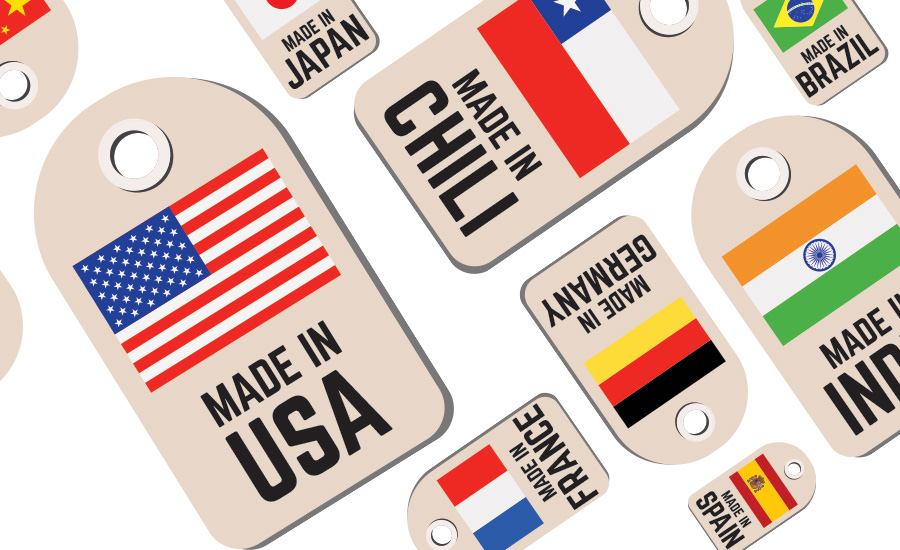
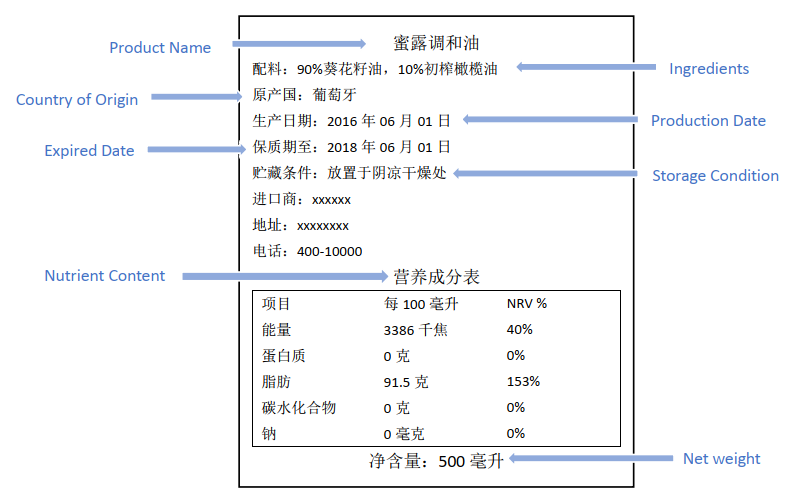


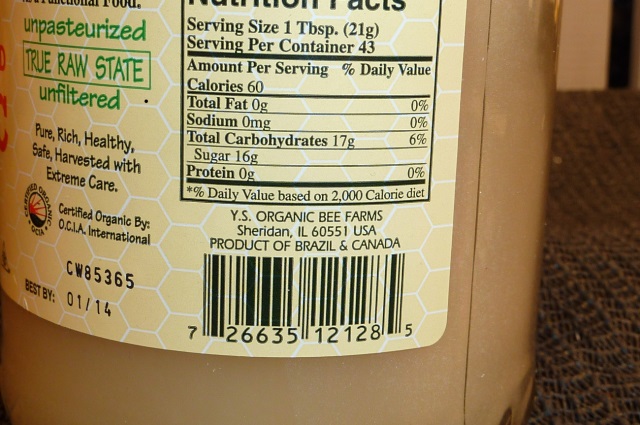
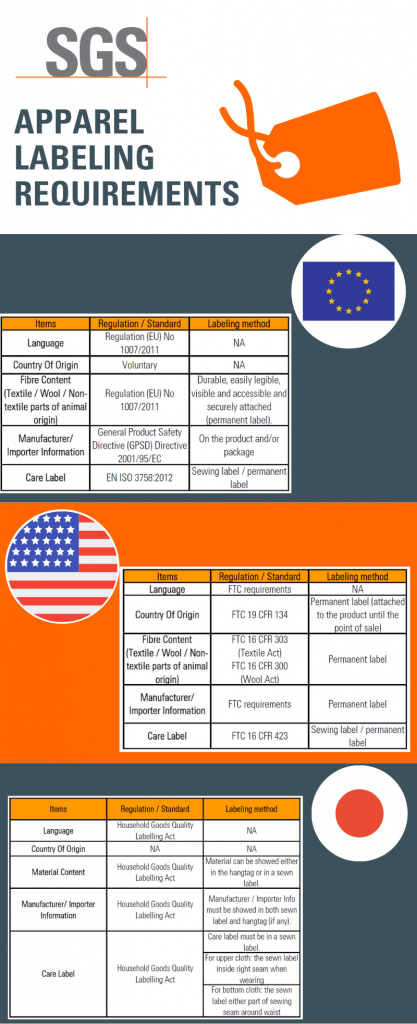
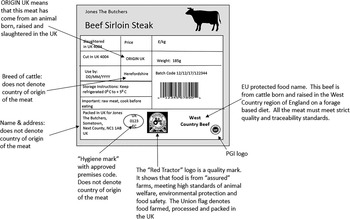

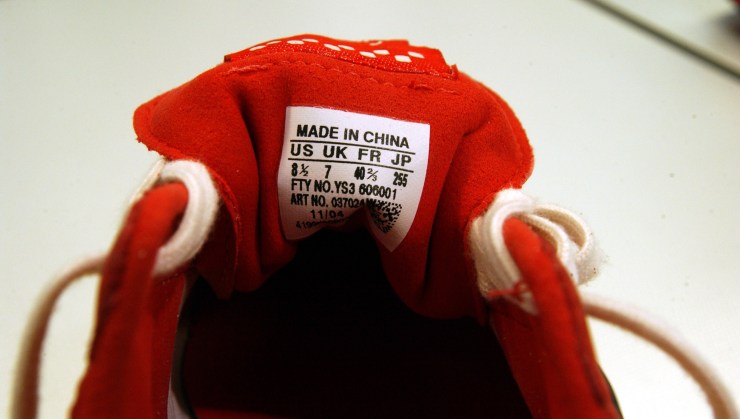
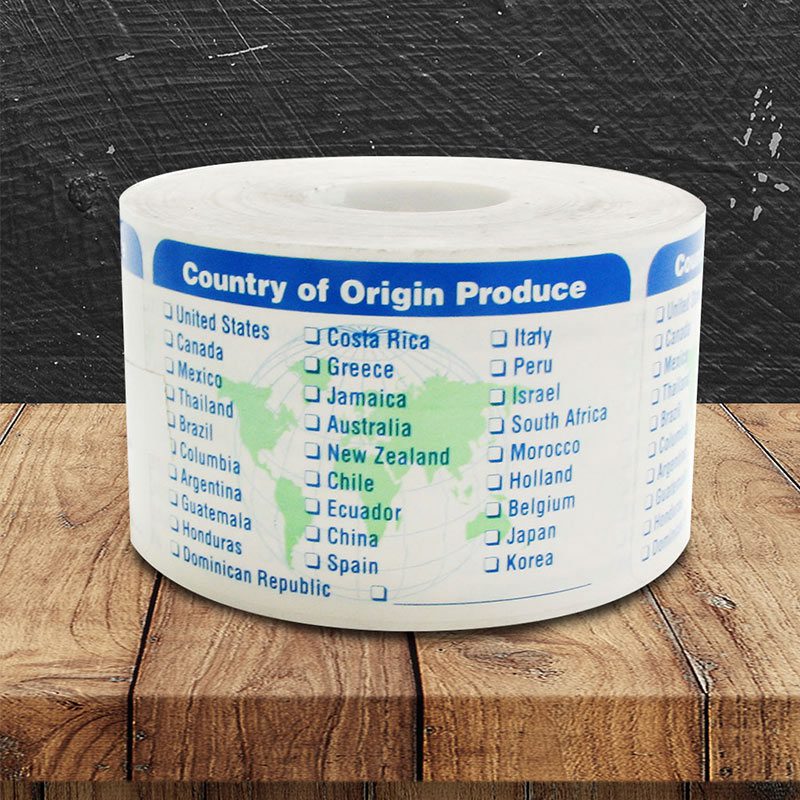
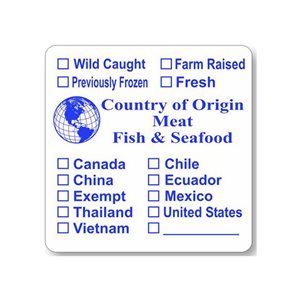







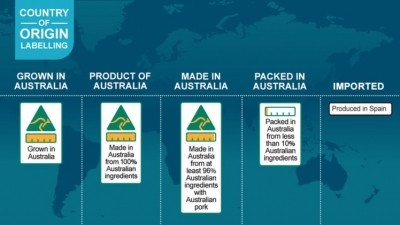






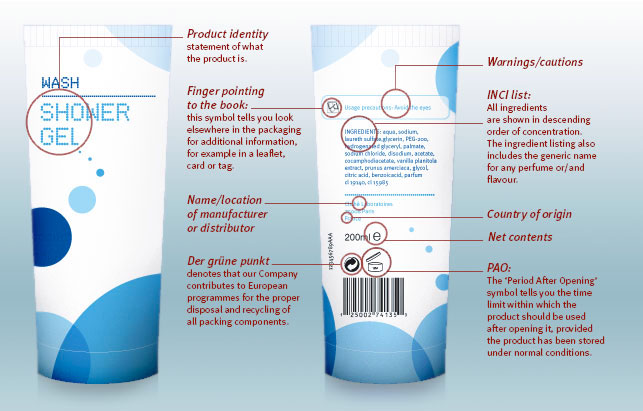





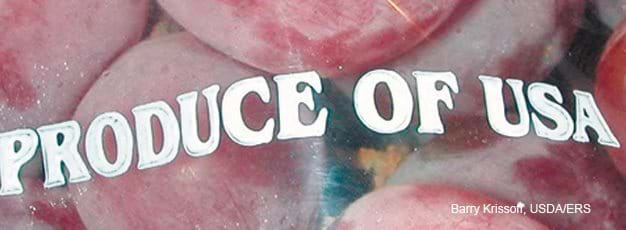

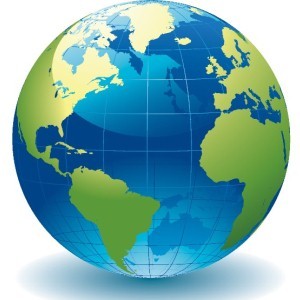

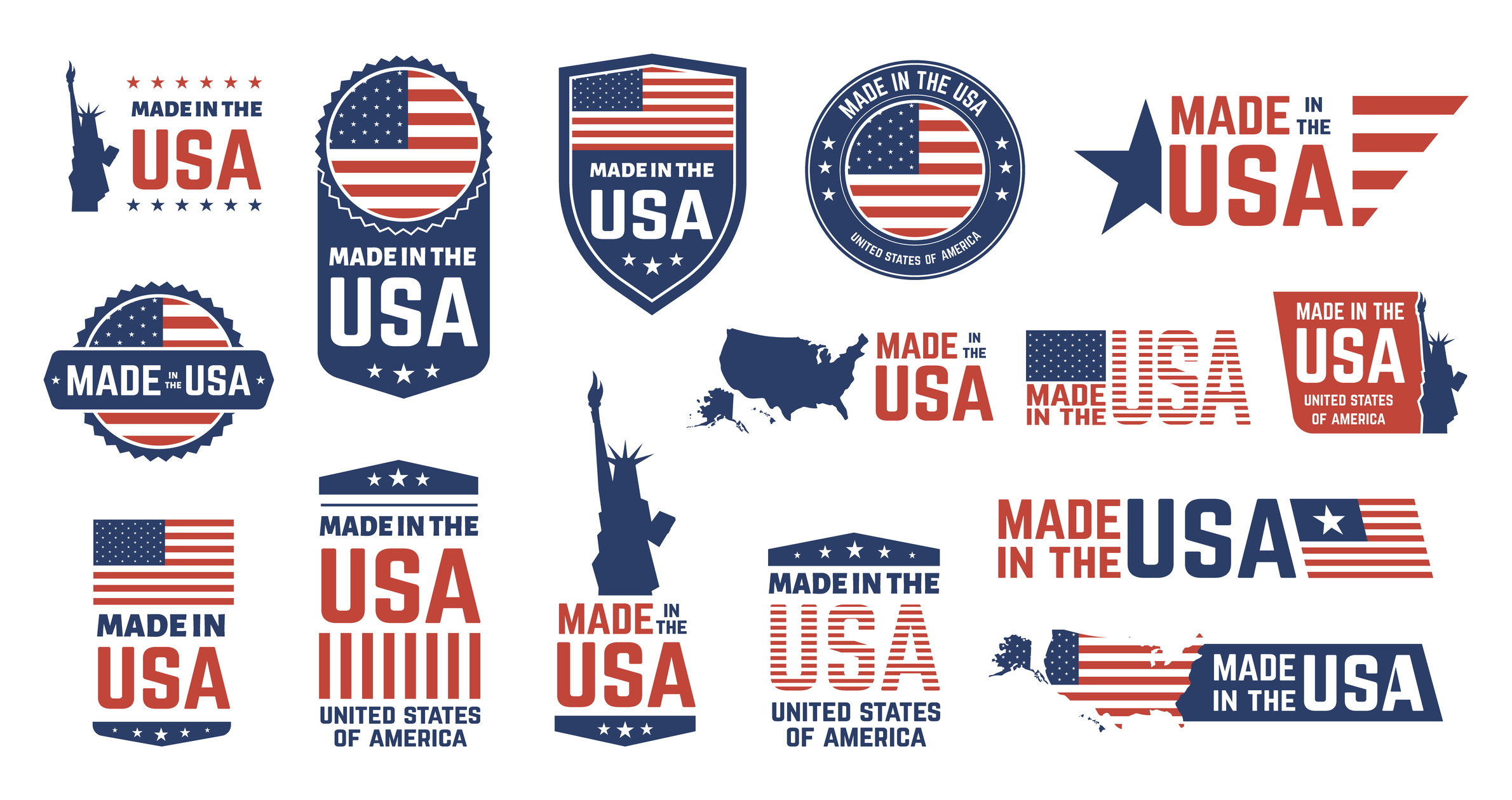
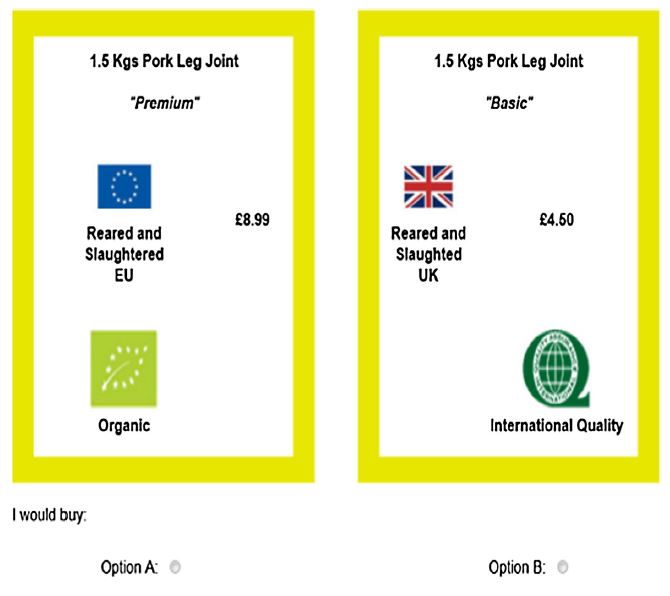


Post a Comment for "43 is country of origin required on labels"